How AI And Wearable Technology Enable Personalised Injury Prevention For Workers
.jpg/fit-in/1200x9999/filters:no_upscale())
According to Safe Work Australia’s 2020-21 Australian worker’s compensation statistics report, 40% of all serious claims were for traumatic joint/ligament and muscle/tendon injuries. In 2021, the median time lost for a serious claim was seven working weeks, which reflects a 67% increase from four weeks in 2001.
“Until recently, the only way that safety professionals could manage the risks associated with musculoskeletal injuries was through subjective, option-based assessments and one-size-fits-all manual handling training programs,” says Andrew McColl, Occupational Health and Safety Specialist, Preventure – a provider of affordable wearable technology and AI-powered smartphone training packages, and also a Spotlight Sponsor of the upcoming Workplace Health and Safety Show.
“This is where artificial intelligence (AI) and wearable technology come in, helping companies better understand the risk profile of their workforce and providing bespoke injury prevention training where needed,” reiterates Andrew.
Wearable technology and AI explained
Wearable technology refers to small sensors placed on the limbs, to measure movement data and quantify injury risk, without interrupting the employee’s work in any way.
According to Andrew, these have long been used in elite sports, to keep professional athletes at the top of their game. “Wearables are now finding their way into workplaces, giving safety professionals a unique advantage in the protection of their workforce ”.
The sensors work with specially developed smartphone apps which use AI technology to automate the delivery of safety alerts and virtual safety training.
The Preventure app, for example, collects accompanying videos and delivers instant ‘movement coaching’ alerts to workers when they move in a way that could put them at risk of injury. The apps can also deliver insights and short training modules back to frontline teams.
“In the same way that professional sports coaches deliver customised injury prevention programs for every player in their team, safety professionals can now do the same for workers. This enables organisations to meet their health and safety obligations, and reduce the risks and costs associated with Workers’ Compensation claims,” adds Andrew.
The benefits of AI and wearable technology
In the manufacturing, construction, and logistics industries in particular, where the handling of heavy and awkward items is common, innovative workplace safety technology can minimise risk exposure, and promote staff wellbeing. “This technology can deliver workplace safety quickly and effectively, with a more proactive and personalised approach,” says Andrew.
“Along with providing a range of safety enhancements, wearables and AI technology can help employers set benchmarks for pre-employment screening, as well as standards for workers returning from injury.”
In addition, preventative technology goes beyond just reducing the risk of workplace injuries. It can also help minimise issues that arise from unhealthy work practices, such as bad posture and lack of exercise, by monitoring an individual’s movement and alerting them if they’ve been sitting in an unhealthy position for too long, or if they haven’t been mobile enough throughout the course of the day.
Andrew highlights some of the benefits of wearable and AI technology for workplace safety management:
-
Promotes fatigue prevention: Monitoring and providing data that highlights when an individual has reached a level of fatigue that places them at greater risk of having an accident. “Preventure’s platform provides suggested adjustments to reduce overload and prevent injury,” adds Andrew.
-
Provides tailored training: AI technology can easily be adapted to an individual's preferred style of learning, enabling the delivery of training tailored to suit different employees’ strengths. AI-based tutoring can easily identify gaps in an individual’s knowledge, as well as provide a more accurate assessment of their current level of expertise, meaning employees can be trained much more efficiently.
-
A cost-effective solution: Developing training programs can be a costly process for organisations. Partnering with a service provider who has an extensive training content library, and can build a program to suit specific needs and requirements, is more efficient and cost-effective.
“By using wearables and AI in the workplace, businesses can prevent workplace injuries and ensure that employees adhere to manual handling policies, while also delivering an innovative, personalised approach to health and safety,” states Andrew.
Putting a spotlight on new safety technology
On Wednesday, 20 September 2023, Andrew will be joining the Workplace Health and Safety Show’s Spotlight Stage line-up. His presentation, Return-To-Work via Wearable Sensors and an AI-Powered Education Platform, will explore how wearable technology is being used in workplaces across Australia, particularly in a return-to-work setting.
“With many years of experience in the musculoskeletal injury prevention space, coupled with great insight into Workers’ Compensation claims, Andrew brings unique insights into the causes of common workplace injuries. He also makes a powerful case for the integration of new technology, which offers a number of benefits,” says Marie Kinsella, Taking place at Sydney Showground from 24th October 2024, the Show offers two days of interactive and engaging workshops, seminars and presentations, as well as an exhibition featuring over 120 brands.
Interested professionals can view the complete Workplace Health and Safety Show program and register for free here.


